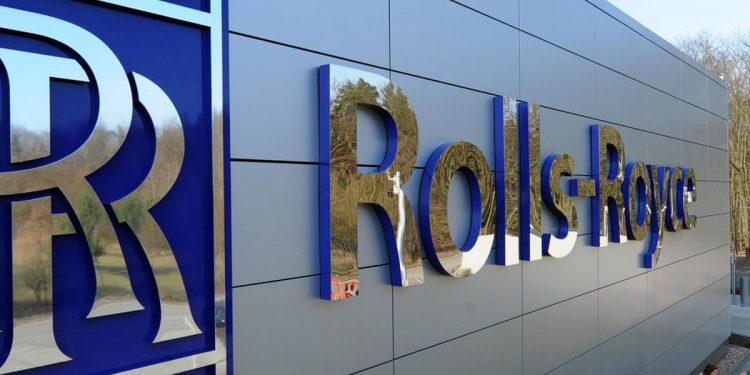Author: Jacqui Sutton, Chief Customer Officer at Rolls Royce Civil Aerospace
Many of our fleet of Rolls Royce engines have spent the past few months in hangars, runways or workshops, under covers. Like everything else this year, it’s in stark contrast to “normal” times. But while there’s still a long way to go, some aircraft are taking flight again.
Today, there are more aircraft in service than in storage. While this is encouraging, it’s the start of a long and challenging journey. During May, air passenger demand was 91.3% less than May 2019.
Growth in passenger numbers will vary around the world, depending on where countries are in the different stages of the pandemic. This tentative recovery so far has been driven by small improvements in domestic travel in the Asia-Pacific region, where the peak of the pandemic happened earlier, suggesting that as travel restrictions ease, other regions will follow. Air bridges and reciprocal travel arrangements between countries are also helping to boost demand, but international travel remains at very low levels.
When planning fleets, good quality data is crucial to making the best decisions. We, at Rolls Royce, collect incredible amounts of data from our engines and use it to accurately predict when maintenance is needed, ensuring availability when airlines need them.
Rolls Royce also uses digital twins to model how an engine behaves, predict maintenance schedules and costs, and forecast how much life each part has, and we use that data to increase the availability of engines for our airline customers.
By having good quality data about their fleet, including the engines, airline fleet planners can prioritise aircraft based on efficiency and maintenance schedules, ensuring that when passengers return to flight, their plane will take off on time.
Taking an aircraft out of storage isn’t as simple as just taxiing it out of a hangar. Airline engineers have been working hard while aircraft are grounded to make sure engines are appropriately maintained, and we’ve been giving expert advice on how to keep engines in the best possible condition so that they’re ready for take-off.
The world has adapted to working remotely, with the technological benefits and challenges it brings. For us, it hasn’t just been about video calls being interrupted by our dogs, it’s been about keeping our supply chain moving, keeping cargo aircraft flying, maintaining engines and monitoring our fleet while keeping our people safe.
The Rolls Royce customer training team, who provide training for airline engineers so that they can service Rolls-Royce engines, have created a socially-distanced training programme. They’re using digital technology, smaller class sizes and have stopped using paper altogether, instead only using digital tools.
Returning to flight isn’t just about border restrictions lifting, it’s about people having the confidence to fly again. We’ve been working with industry groups to discuss how aviation can restart effectively, ensuring passengers feel safe. Modern aircraft cabins have state-of-the-art high-efficiency air filters similar to those used in hospital operating rooms. They capture more than 99.9% of the airborne microbes in the filtered air. Paired with enhanced cleaning, face coverings and good personal hygiene, the industry is working hard to lower the risk of transmission during travel. Also, the tracking and tracing passengers on a flight is much easier than other forms of transport, because all passenger details are logged.
As we emerge from the pandemic, the task to create cleaner, more sustainable forms of power is more urgent than ever. There are few companies on the planet better placed than Rolls-Royce to help achieve this goal. We recently joined the UN Race to Zero campaign, pledging to become net-zero carbon in our operations by 2030 and, more fundamentally, set an ambition to play a leading role in enabling the sectors in which we operate to reach net-zero carbon by 2050, through the development of new products and technologies.
Rolls Royce is committed to accelerating the development of disruptive new technologies and capabilities for future low-emission products, including pioneering the electrification of flight.
About the author
Jacqui Sutton is the Chief Customer Officer at Rolls Royce Civil Aerospace
See Also:




